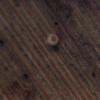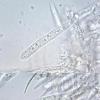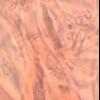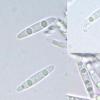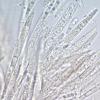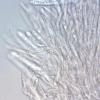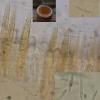
14-01-2013 06:22
 John Plischke
John Plischke
Today I had the chance to examine a peice of Chori

13-01-2013 11:01
 Alessio Pierotti
Alessio Pierotti
Can anyone help me to find this article:Ju Y.-M. &

09-01-2013 14:33
 abar Bob
abar Bob
Bonjour.C'est mon premier sujet sur votre forum.So

11-01-2013 11:49
Sabino ArauzoChers amis, j'ai trouvé un Trichoglossum avec des

05-01-2013 20:42
Salvador TelloHola a todos.Este ascomiceto estaba sobre tierra,

10-01-2013 05:19
Roland LabbéBonjour !Voici un Hypocrea que nous croyons être

08-01-2013 18:20
Hi againThese gregarious, small (up to 1 mm high),

06-01-2013 23:30
 Yannick Mourgues
Yannick Mourgues
Bonsoir.Trouvé au bord d'un ruisseau. Sur Salix d
The apothecia are <350 µm diam, with an orange hymenium and a hairy white exterior; they are short-stalked (ca 150 µm). Excipulum is textura angularis.
Asci are 60-75 x 6-7 µm; IKI+ blue; apparently arising from simple septa.
Paraphyses are lanceolate; with abundant, moderately refractive, yellowish VBs; 3-4 µm wide; exceeding the asci by 15-20 µm.
Spores are 12-15(-18) x 3 µm, with 2 large OBs and occasionally a few small OBs.
Hairs are <50 x 3 µm, granular throughout, with rounded apices.
I initially thought it was L. imbecille, but the paraphyses with abundant VBs and the size of the spores seem to suggest L. juncinum. What do others think?
Marcus

Yes, I see what you mean about the oil bodies. Most of the collections that you and others illustrate do indeed have spores with more, smaller OBs. Though some of the spores in your collection HB 9514-4a look similar to mine.
In other characters it seems to fit L. juncinum pretty well.
Marcus

Hi Marcus, and all,
The color of your apo suggests a nearly overmature fungus and the ascus shown is dead (no Pars Sporifera) , which can explain the fusion of the smaller LBs in the spores as Zotto said and the less refringent VBs in the paraphyses as in this collection from Britanny.
Amitiés
Michel

There are indeed differences among the collections. Your spore contetns look quite close to Marc's. A problem is also Nina's finds with croziers. And what about those with yellow disc and yellow VBs in the paraphyses?
Zotto
Zotto & Michel
Thanks for your advice.
I examined two apothecia and my notes indicate that the spores were fairly constant in terms of their guttulation.
I notice that Lachnum juncinum was originally described from Australia by Brian Spooner. I wonder how the Australian material compares to collections from Europe?
Marcus

Apothecia have an orange hymenium and white hairy exterior. They are ca 200 µm diam, with a stalk ca 150 µm.
The excipulum is a textura angularis/prismatica.
Asci are 55-80 x 5-6 µm, arising from simple septa.
Spores are fusiform, 13-17(19) x 2-3 µm, with 2-3(-4) moderately large oil bodies.
Paraphyses are lanceolate, shortly exceeding asci, 4-5 µm wide, septate, with abundant small VBs.
Hairs are
I'm sure that both of my collections would have been named Dasyscyphus imbecillis (Lachnum imbecille) using standard British floras; the collection on Cladium would perhaps have been referred to var. cladii. However, based on Zotto's images and key I'm reasonably confident that both collections are L. juncinum, although the spores have relatively few OBs compared to most of the images provided by Zotto and others.
I wonder how many previous records of L. imbecille from Britain are actually L. juncinum?
Marcus

The two big LBs in your spores are possibly somewhat secondary, it looks so to me. This is always difficult if the material is not in optimum vital state.
Zotto
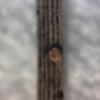
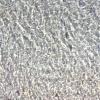
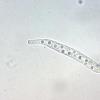
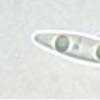
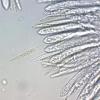
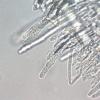
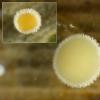
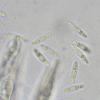
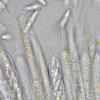
 Lachnum-juncinum-Spooner-1987-1-0001.jpg
Lachnum-juncinum-Spooner-1987-1-0001.jpg